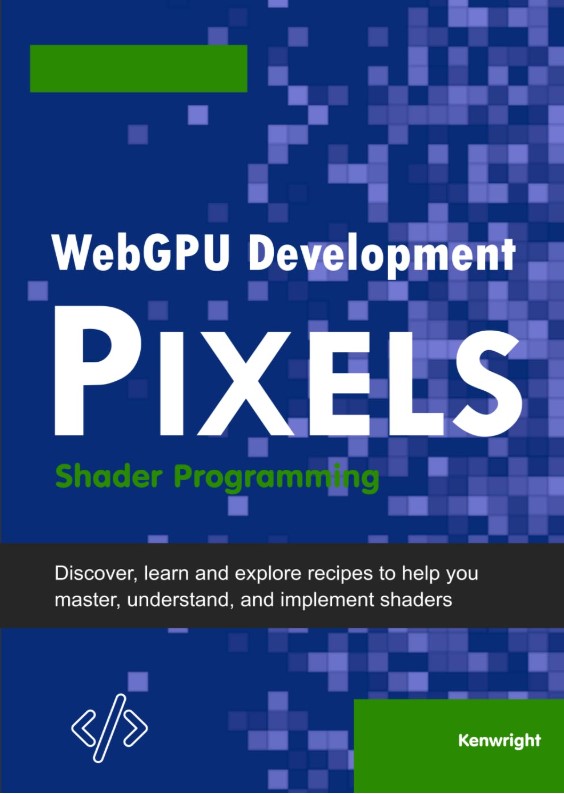
Quick Facts
- ISBN: 979-8304169462
- Published: December 19, 2024
- Pages: 439
- Language: English
- Categories: Books, Computers & Technology, Web Development & Design, Programming, JavaScript
About This Book
Throughout the book, WebGPU Development Pixels: Shader Programming maintains a tone that is both authoritative and encouraging. This balance helps demystify complex ideas in webgpu, wgsl, programming, graphics, shader, simulation and fosters a sense of confidence in readers as they progress through the material. What sets this book apart is its unique approach to webgpu, wgsl, programming, graphics, shader, simulation. WebGPU Development Pixels: Shader Programming combines theoretical frameworks with practical examples, creating a valuable resource for both students and professionals in the field of webgpu and wgsl and programming and graphics and shader and simulation. Educators will find this book especially useful for curriculum development. The structured layout, combined with discussion prompts and suggested readings on webgpu, wgsl, programming, graphics, shader, simulation, makes it easy to integrate into a variety of webgpu and wgsl and programming and graphics and shader and simulation courses. One of the most impressive aspects of this webgpu and wgsl and programming and graphics and shader and simulation book is how WebGPU Development Pixels: Shader Programming integrates historical context into the discussion of webgpu, wgsl, programming, graphics, shader, simulation. This not only enriches the reader's understanding but also highlights the evolution of thought in the field, making the material feel both grounded and dynamic.
Key Features
- Tips and common pitfalls to avoid
- Clear illustrations and diagrams
- Latest research and developments
- Interview with experts in the field
- Cross-references to related concepts
- Visual timelines or process flows
About the Author
WebGPU Development Pixels: Shader Programming
As a leading authority on Books, WebGPU Development Pixels: Shader Programming brings a unique perspective to webgpu, wgsl, programming. They have taught at several prestigious universities and consulted for major organizations worldwide.
Related News & Articles
9 Novels That Find Comic Truth in Disability
Oct 13, 2025Disability is serious…or so we’re told. We are supposed to expect stories of disability to be tragic, sad, sentimental, or inspiring. No laughing ...
electricliterature.comBrandon Taylor Thinks Surrealists Should Grow Up
Oct 24, 202523 Questions is EL’s new interview series aimed at getting to know established authors as people, thinkers, and creative practitioners, while having...
electricliterature.comI Want to Stay in My Body During Sex
Oct 14, 2025Sex Writing: the Good, the Bad, and the Assault by Sam Herschel Wein 1. You are 30 and driving through Florida; a long, long state. In Orlando, you pu...
electricliterature.comA Novel About Building Queer Community After Harm
Sep 27, 2025Jaquira Díaz’s debut novel, This Is the Only Kingdom, begins with an epigraph drawn from Aracelis Girmay’s poem “Elegy”: “Listen to me. I a...
electricliterature.comExclusive Cover Reveal of “Night Owl” by Aimee Nezhukumatathil
Oct 04, 2025Electric Literature is pleased to reveal the cover of Night Owl by Aimee Nezhukumatathil, which will be published on March 21, 2026 by Ecco. You can ...
electricliterature.comReader Reviews

James Jackson
The Definitive Guide I've Been Waiting For
This book exceeded my expectations in its coverage of webgpu, wgsl, programming, graphics, shader, simulation. As a educator in webgpu and wgsl and programming and graphics and shader and simulation, I appreciate how WebGPU Development Pixels: Shader Programming addresses both foundational concepts and cutting-edge developments. The writing style is engaging yet precise, making even dense material about webgpu, wgsl, programming, graphics, shader, simulation enjoyable to read. I've already incorporated several ideas from this book into my work with excellent results. What sets this book apart is its balanced approach to webgpu, wgsl, programming, graphics, shader, simulation. While some texts focus only on theory or only on practice, WebGPU Development Pixels: Shader Programming skillfully bridges both worlds. The case studies in chapter 5 provided real-world context that helped solidify my understanding of webgpu and wgsl and programming and graphics and shader and simulation. I've already recommended this book to several colleagues. What impressed me most was how WebGPU Development Pixels: Shader Programming managed to weave storytelling into the exploration of webgpu, wgsl, programming, graphics, shader, simulation. As a consultant in webgpu and wgsl and programming and graphics and shader and simulation, I found the narrative elements made the material more memorable. Chapter 6 in particular stood out for its clarity and emotional resonance.

Mary Brown
So Good I Read It Twice
I've been recommending this book to everyone in my network who's even remotely interested in webgpu, wgsl, programming, graphics, shader, simulation. WebGPU Development Pixels: Shader Programming's ability to distill complex ideas into digestible insights is unmatched. The section on webgpu sparked a lively debate in my study group, which speaks to the book's power to provoke thought. This book exceeded my expectations in its coverage of webgpu, wgsl, programming, graphics, shader, simulation. As a researcher in webgpu and wgsl and programming and graphics and shader and simulation, I appreciate how WebGPU Development Pixels: Shader Programming addresses both foundational concepts and cutting-edge developments. The writing style is engaging yet precise, making even dense material about webgpu, wgsl, programming, graphics, shader, simulation enjoyable to read. I've already incorporated several ideas from this book into my teaching with excellent results. As someone with 15 years of experience in webgpu and wgsl and programming and graphics and shader and simulation, I found this book to be an exceptional resource on webgpu, wgsl, programming, graphics, shader, simulation. WebGPU Development Pixels: Shader Programming presents the material in a way that's accessible to beginners yet still valuable for experts. The chapter on simulation was particularly enlightening, offering practical applications I hadn't encountered elsewhere.

William Jones
The Gold Standard in Its Category
I approached this book as someone relatively new to webgpu and wgsl and programming and graphics and shader and simulation, and I was pleasantly surprised by how quickly I grasped the concepts around webgpu, wgsl, programming, graphics, shader, simulation. WebGPU Development Pixels: Shader Programming has a gift for explaining complex ideas clearly without oversimplifying. The exercises at the end of each chapter were invaluable for reinforcing the material. It's rare to find a book that serves both as an introduction and a reference work, but this one does so admirably. I've been recommending this book to everyone in my network who's even remotely interested in webgpu, wgsl, programming, graphics, shader, simulation. WebGPU Development Pixels: Shader Programming's ability to distill complex ideas into digestible insights is unmatched. The section on programming sparked a lively debate in my study group, which speaks to the book's power to provoke thought.

Michael Davis
A Masterful Treatment of the Subject
Having read numerous books on webgpu and wgsl and programming and graphics and shader and simulation, I can confidently say this is among the best treatments of webgpu, wgsl, programming, graphics, shader, simulation available. WebGPU Development Pixels: Shader Programming's unique perspective comes from their 8 years of hands-on experience, which shines through in every chapter. The section on webgpu alone is worth the price of admission, offering insights I haven't seen elsewhere in the literature. As someone with 9 years of experience in webgpu and wgsl and programming and graphics and shader and simulation, I found this book to be an exceptional resource on webgpu, wgsl, programming, graphics, shader, simulation. WebGPU Development Pixels: Shader Programming presents the material in a way that's accessible to beginners yet still valuable for experts. The chapter on shader was particularly enlightening, offering practical applications I hadn't encountered elsewhere.

Jennifer Thomas
The Most Useful Book I've Read This Year
This isn't just another book on webgpu, wgsl, programming, graphics, shader, simulation - it's a toolkit. As someone who's spent 4 years navigating the ins and outs of webgpu and wgsl and programming and graphics and shader and simulation, I appreciated the actionable frameworks and real-world examples. WebGPU Development Pixels: Shader Programming doesn't just inform; they empower. I've been recommending this book to everyone in my network who's even remotely interested in webgpu, wgsl, programming, graphics, shader, simulation. WebGPU Development Pixels: Shader Programming's ability to distill complex ideas into digestible insights is unmatched. The section on webgpu sparked a lively debate in my study group, which speaks to the book's power to provoke thought. As someone with 8 years of experience in webgpu and wgsl and programming and graphics and shader and simulation, I found this book to be an exceptional resource on webgpu, wgsl, programming, graphics, shader, simulation. WebGPU Development Pixels: Shader Programming presents the material in a way that's accessible to beginners yet still valuable for experts. The chapter on programming was particularly enlightening, offering practical applications I hadn't encountered elsewhere.

Barbara Thomas
Worth Every Penny and Then Some
What impressed me most was how WebGPU Development Pixels: Shader Programming managed to weave storytelling into the exploration of webgpu, wgsl, programming, graphics, shader, simulation. As a graduate student in webgpu and wgsl and programming and graphics and shader and simulation, I found the narrative elements made the material more memorable. Chapter 9 in particular stood out for its clarity and emotional resonance. I've been recommending this book to everyone in my network who's even remotely interested in webgpu, wgsl, programming, graphics, shader, simulation. WebGPU Development Pixels: Shader Programming's ability to distill complex ideas into digestible insights is unmatched. The section on webgpu sparked a lively debate in my study group, which speaks to the book's power to provoke thought.

David Smith
A Brilliant Synthesis of Theory and Practice
I approached this book as someone relatively new to webgpu and wgsl and programming and graphics and shader and simulation, and I was pleasantly surprised by how quickly I grasped the concepts around webgpu, wgsl, programming, graphics, shader, simulation. WebGPU Development Pixels: Shader Programming has a gift for explaining complex ideas clearly without oversimplifying. The exercises at the end of each chapter were invaluable for reinforcing the material. It's rare to find a book that serves both as an introduction and a reference work, but this one does so admirably. What impressed me most was how WebGPU Development Pixels: Shader Programming managed to weave storytelling into the exploration of webgpu, wgsl, programming, graphics, shader, simulation. As a consultant in webgpu and wgsl and programming and graphics and shader and simulation, I found the narrative elements made the material more memorable. Chapter 3 in particular stood out for its clarity and emotional resonance.

Jennifer Garcia
So Good I Read It Twice
As someone with 11 years of experience in webgpu and wgsl and programming and graphics and shader and simulation, I found this book to be an exceptional resource on webgpu, wgsl, programming, graphics, shader, simulation. WebGPU Development Pixels: Shader Programming presents the material in a way that's accessible to beginners yet still valuable for experts. The chapter on programming was particularly enlightening, offering practical applications I hadn't encountered elsewhere. This book exceeded my expectations in its coverage of webgpu, wgsl, programming, graphics, shader, simulation. As a student in webgpu and wgsl and programming and graphics and shader and simulation, I appreciate how WebGPU Development Pixels: Shader Programming addresses both foundational concepts and cutting-edge developments. The writing style is engaging yet precise, making even dense material about webgpu, wgsl, programming, graphics, shader, simulation enjoyable to read. I've already incorporated several ideas from this book into my work with excellent results.

Susan Davis
Exceeded All My Expectations
As someone with 5 years of experience in webgpu and wgsl and programming and graphics and shader and simulation, I found this book to be an exceptional resource on webgpu, wgsl, programming, graphics, shader, simulation. WebGPU Development Pixels: Shader Programming presents the material in a way that's accessible to beginners yet still valuable for experts. The chapter on programming was particularly enlightening, offering practical applications I hadn't encountered elsewhere. I've been recommending this book to everyone in my network who's even remotely interested in webgpu, wgsl, programming, graphics, shader, simulation. WebGPU Development Pixels: Shader Programming's ability to distill complex ideas into digestible insights is unmatched. The section on programming sparked a lively debate in my study group, which speaks to the book's power to provoke thought. I approached this book as someone relatively new to webgpu and wgsl and programming and graphics and shader and simulation, and I was pleasantly surprised by how quickly I grasped the concepts around webgpu, wgsl, programming, graphics, shader, simulation. WebGPU Development Pixels: Shader Programming has a gift for explaining complex ideas clearly without oversimplifying. The exercises at the end of each chapter were invaluable for reinforcing the material. It's rare to find a book that serves both as an introduction and a reference work, but this one does so admirably.

Karen Taylor
Surpassed All Comparable Works
This book exceeded my expectations in its coverage of webgpu, wgsl, programming, graphics, shader, simulation. As a professional in webgpu and wgsl and programming and graphics and shader and simulation, I appreciate how WebGPU Development Pixels: Shader Programming addresses both foundational concepts and cutting-edge developments. The writing style is engaging yet precise, making even dense material about webgpu, wgsl, programming, graphics, shader, simulation enjoyable to read. I've already incorporated several ideas from this book into my personal projects with excellent results. Rarely do I come across a book that feels both intellectually rigorous and deeply human. WebGPU Development Pixels: Shader Programming's treatment of webgpu, wgsl, programming, graphics, shader, simulation is grounded in empathy and experience. The chapter on programming left a lasting impression, and I've already begun applying its lessons in my client work. From the moment I started reading, I could tell this book was different. With over 5 years immersed in webgpu and wgsl and programming and graphics and shader and simulation, I've seen my fair share of texts on webgpu, wgsl, programming, graphics, shader, simulation, but WebGPU Development Pixels: Shader Programming's approach is refreshingly original. The discussion on shader challenged my assumptions and offered a new lens through which to view the subject.
Readers Also Enjoyed
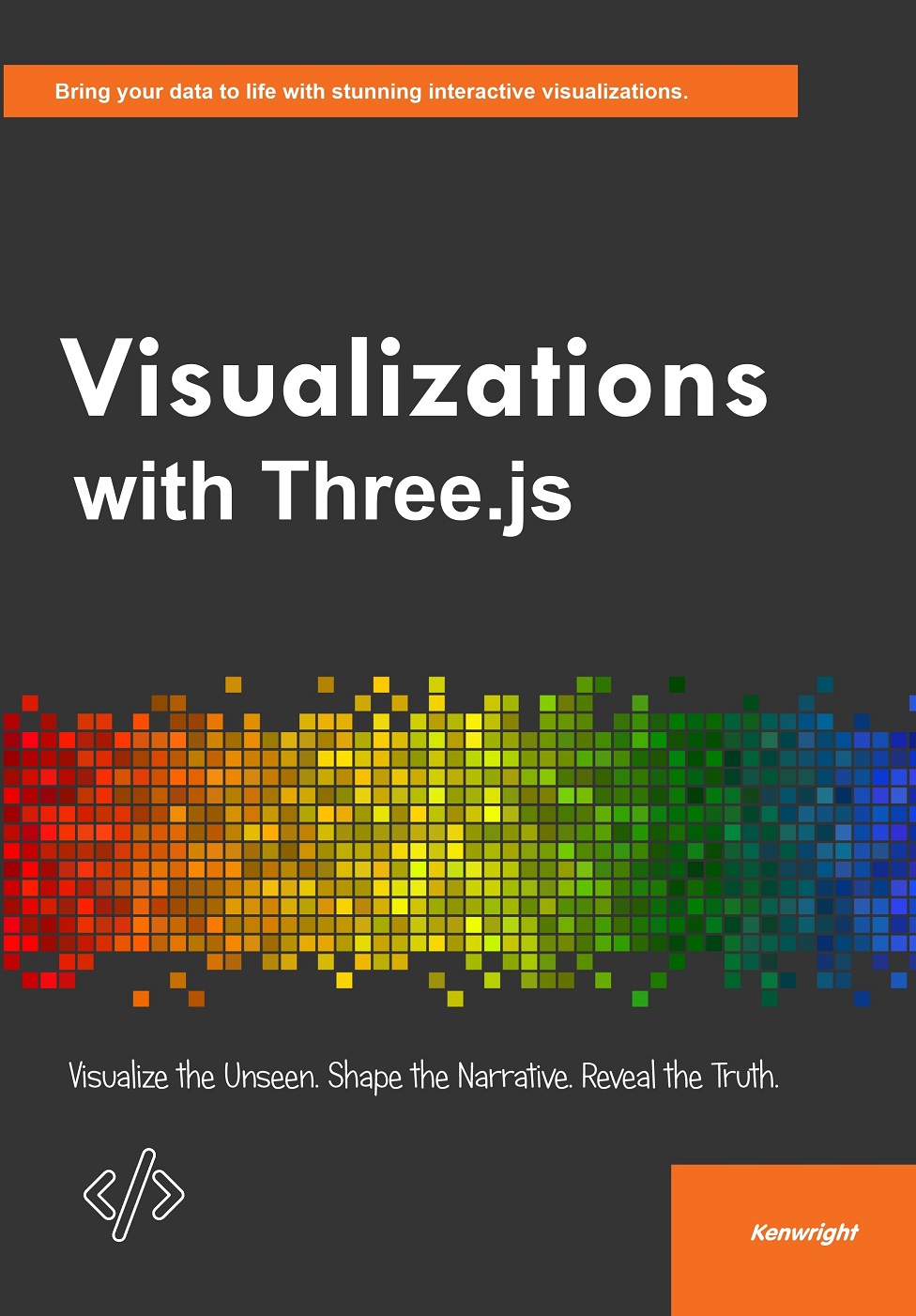
Visualizations with Three.js
View Details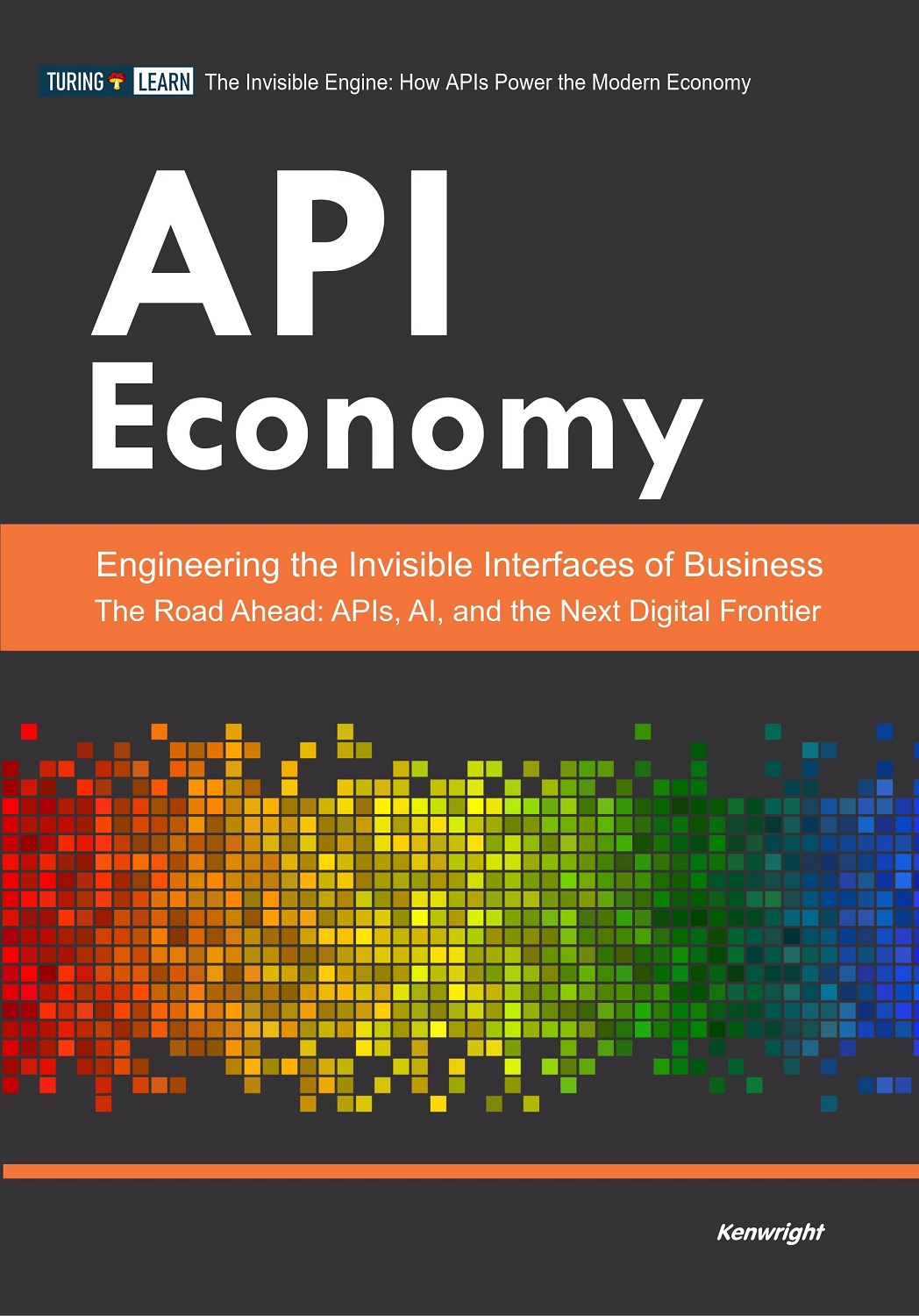
API Economy
View Details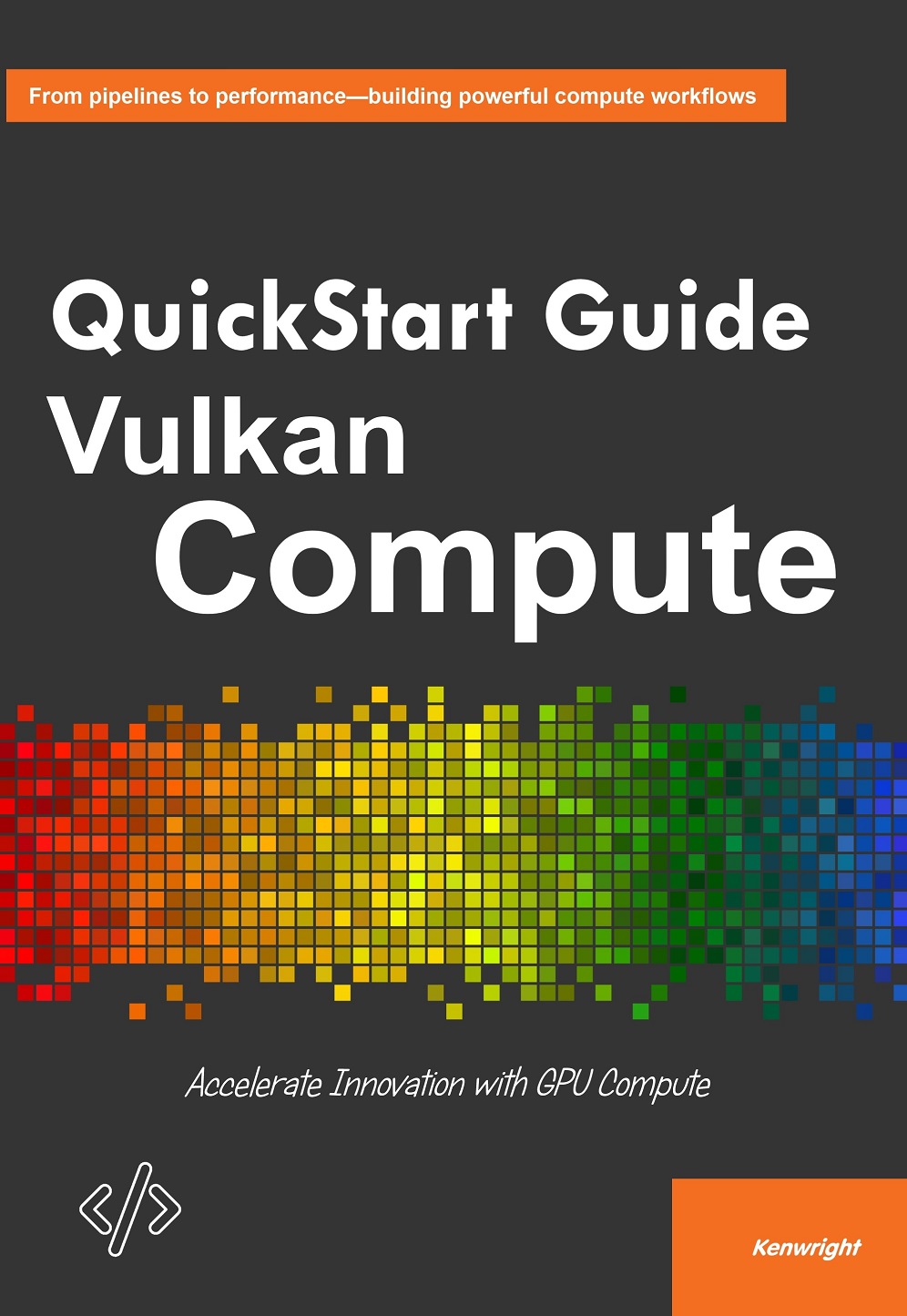
QuickStart Guide to Vulkan Compute
View Details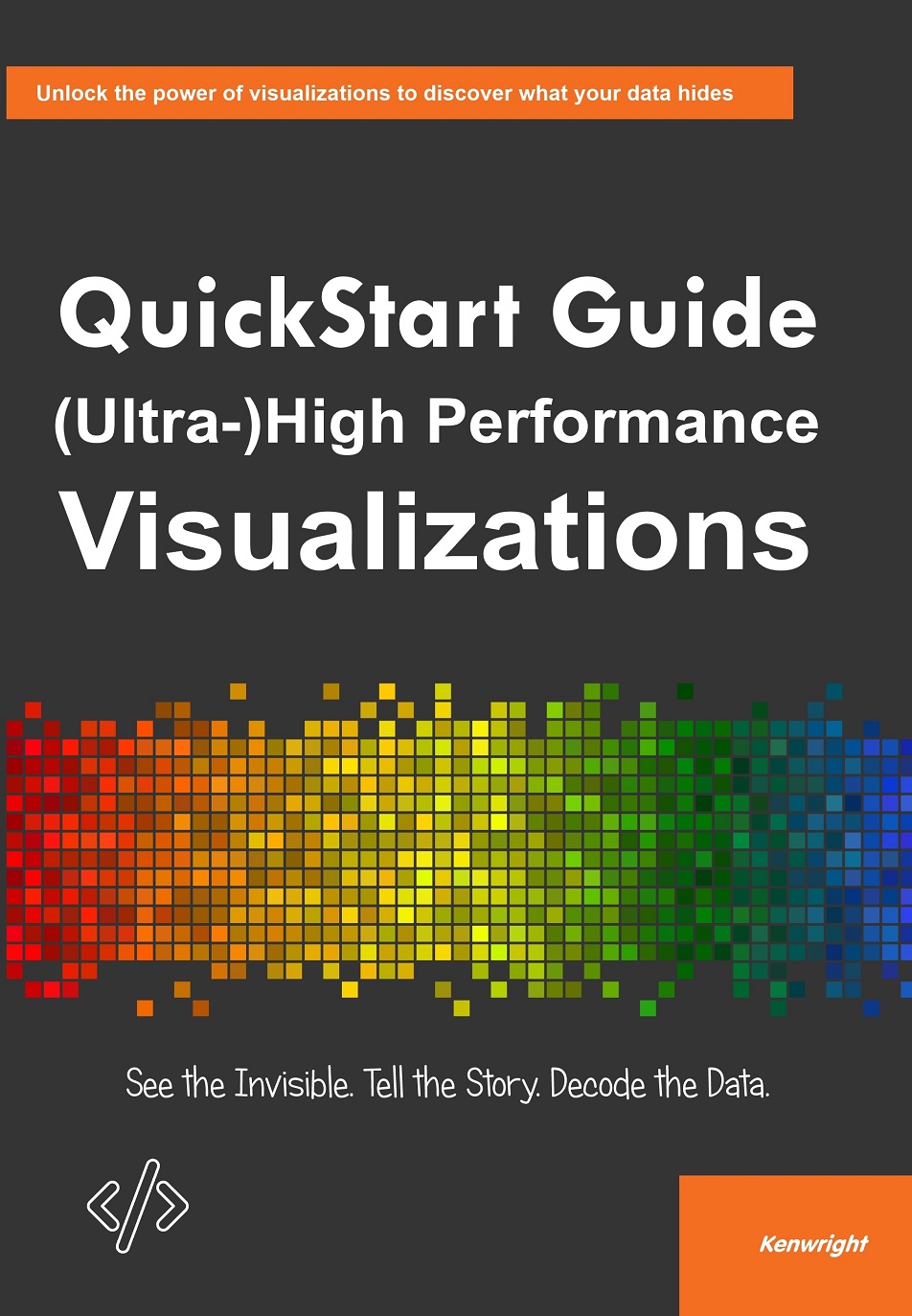
Reader Discussions
Share Your Thoughts
David Jones
I love how the author weaves personal anecdotes into the discussion of wgsl. It made the material feel more relatable.
Posted 21 days ago ReplyPatricia Davis
It's interesting how simulation intersects with current events. Makes the book feel even more relevant.
Posted 8 days agoThomas Jackson
The comparison between shader and related fields was fascinating. It helped me see the bigger picture.
Posted 1 days ago ReplySarah Martinez
I found myself highlighting nearly every paragraph in the shader chapter. So many insights packed in!
Posted 5 days ago ReplyThomas Moore
I appreciate how you linked wgsl to real-world examples - it made the concept more tangible.
Posted 5 days agoCharles Martinez
The case study on programming was eye-opening. I hadn't considered that angle before.
Posted 13 days ago ReplyMichael Smith
I completely agree about wgsl! Have you checked out the additional resources the author mentions in the appendix?
Posted 5 days agoRichard Wilson
I'd love to hear how readers from different backgrounds relate to the discussion on wgsl.
Posted 5 days ago Reply